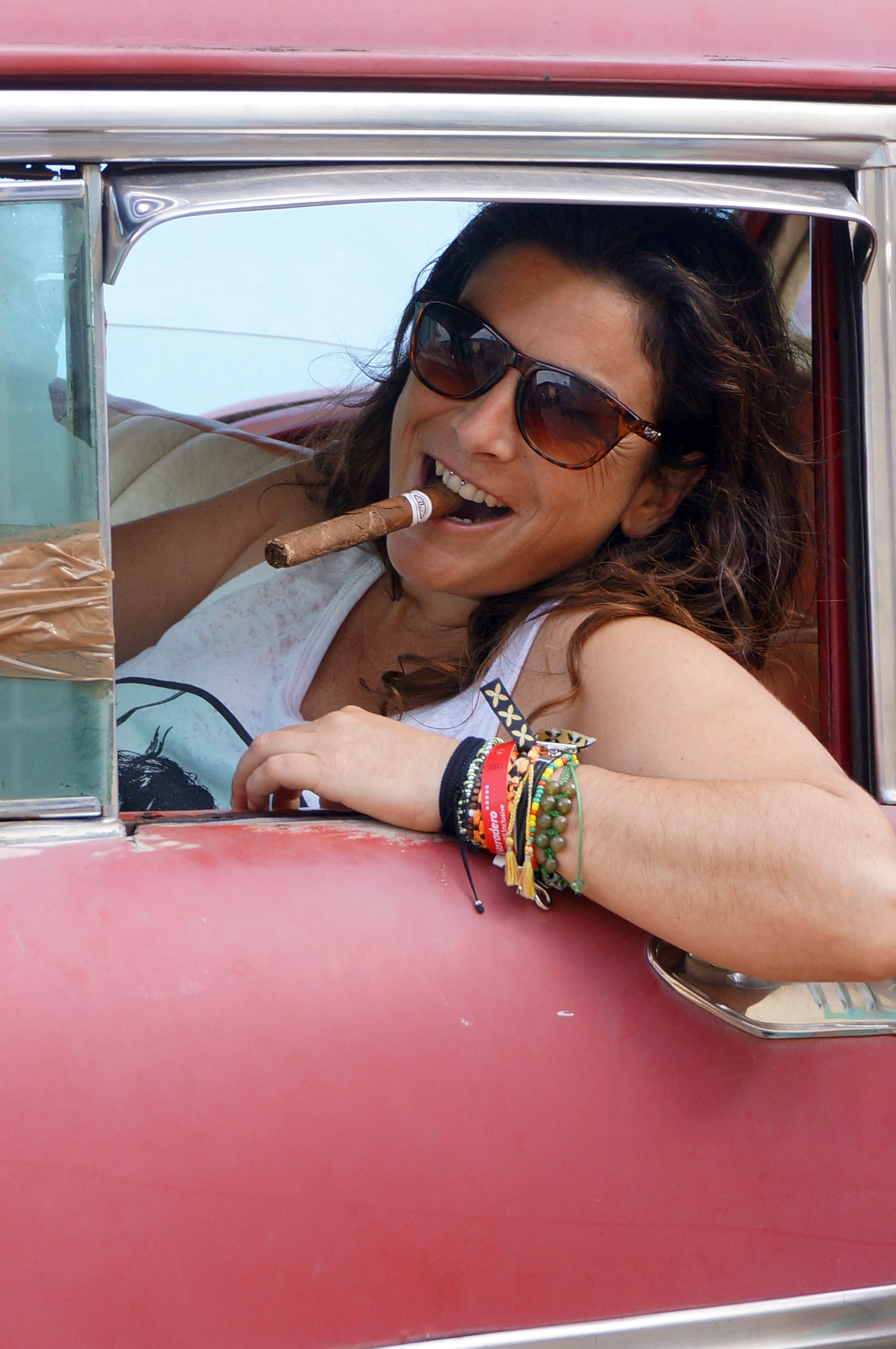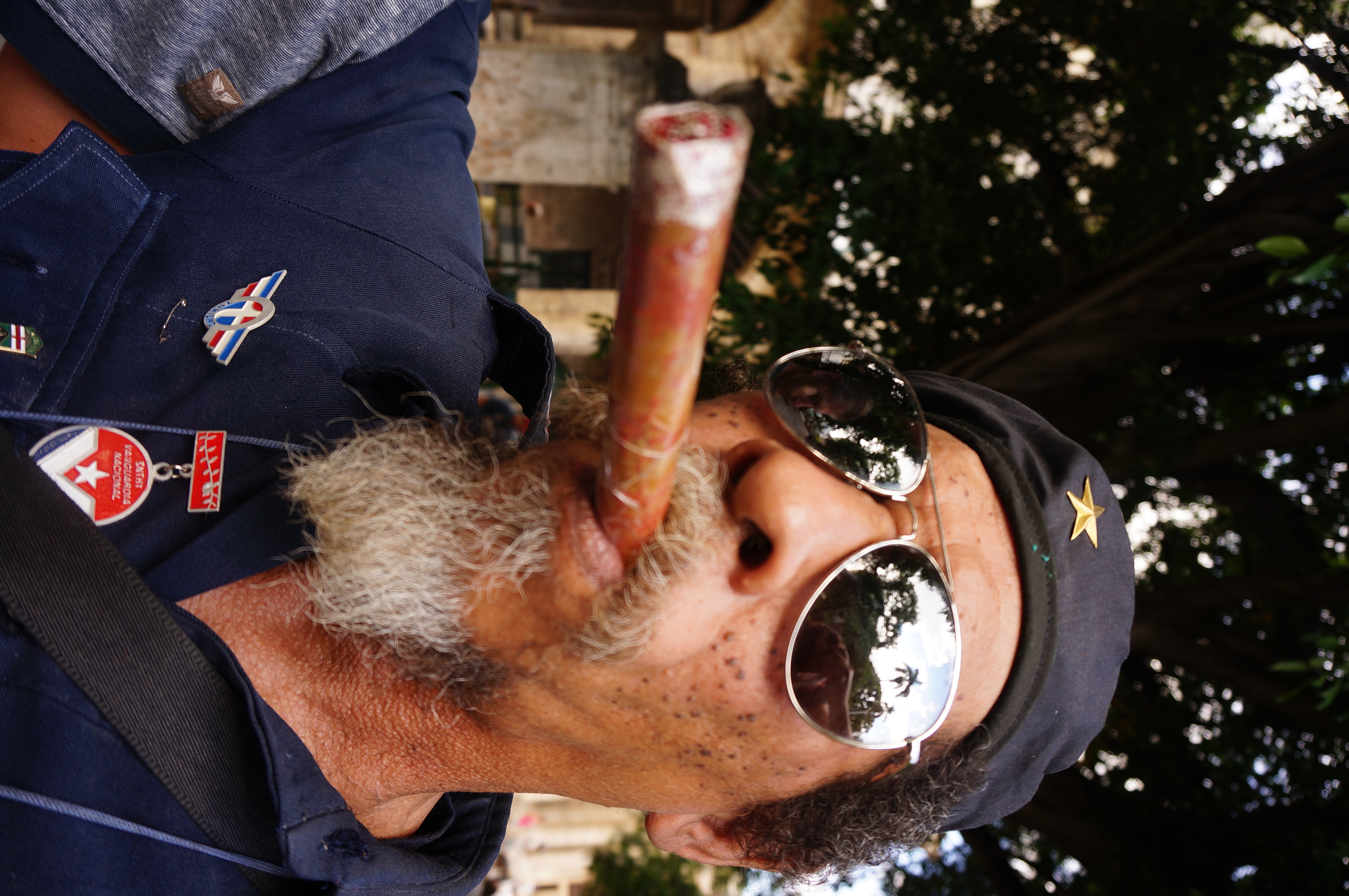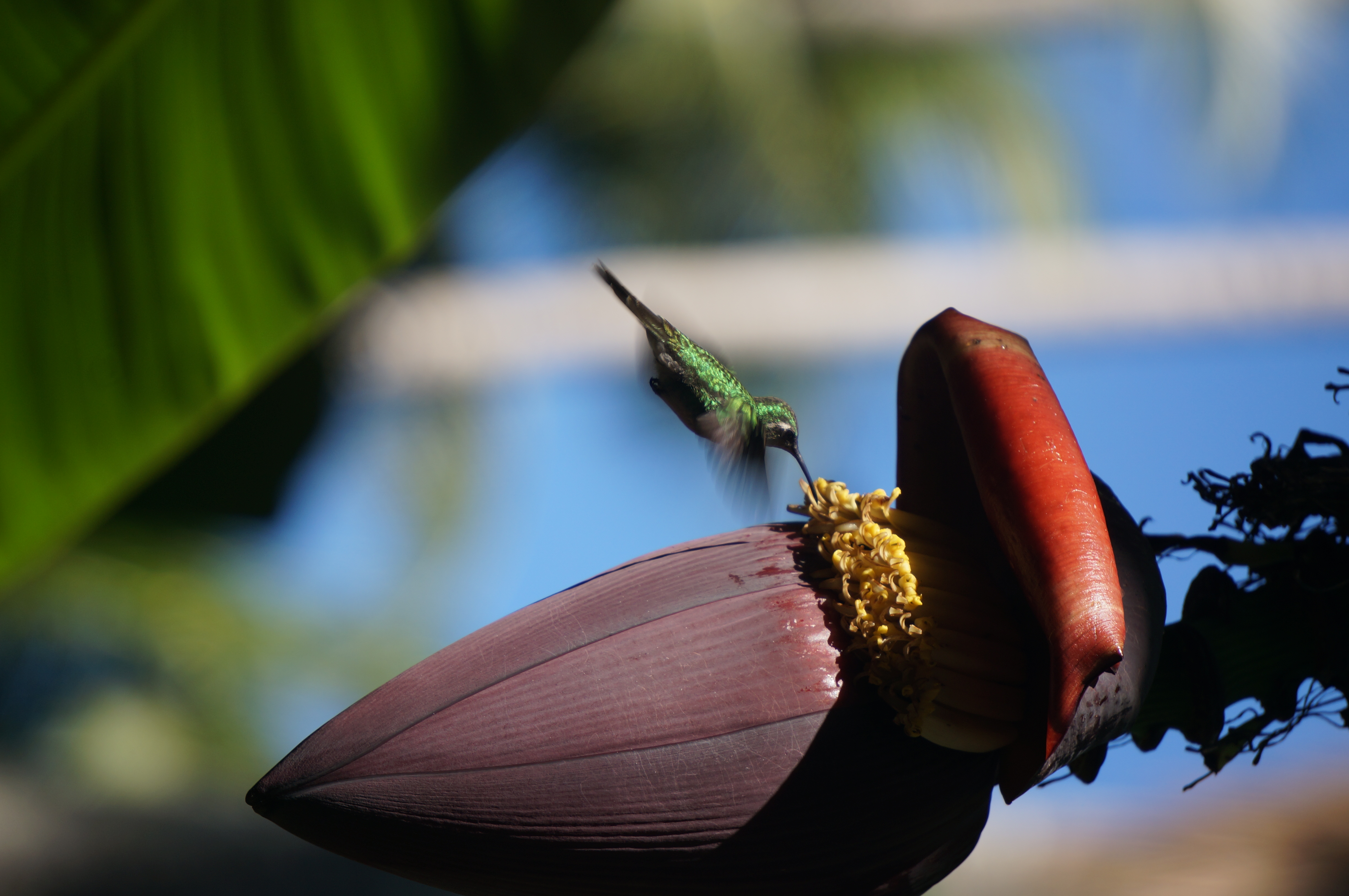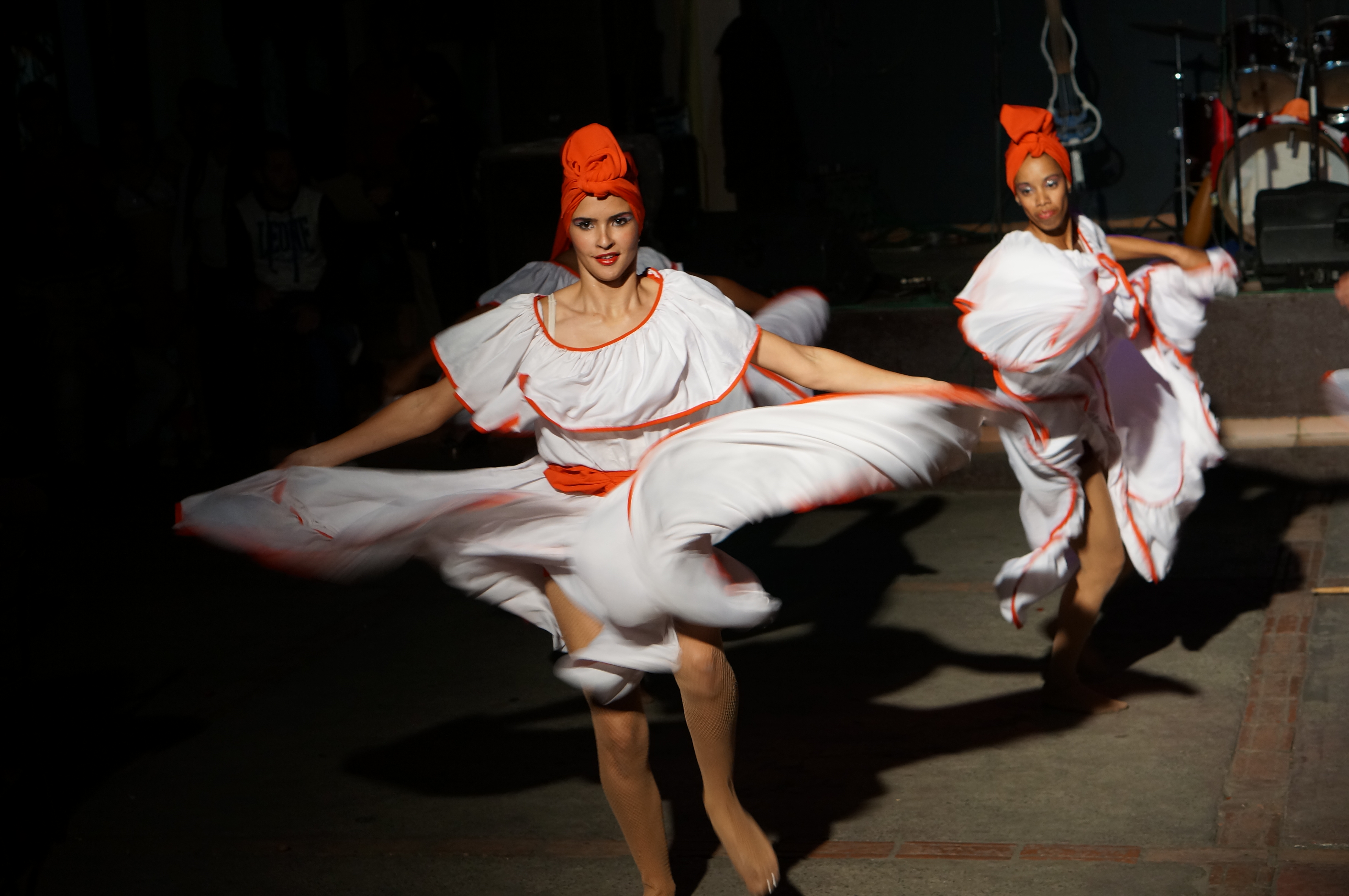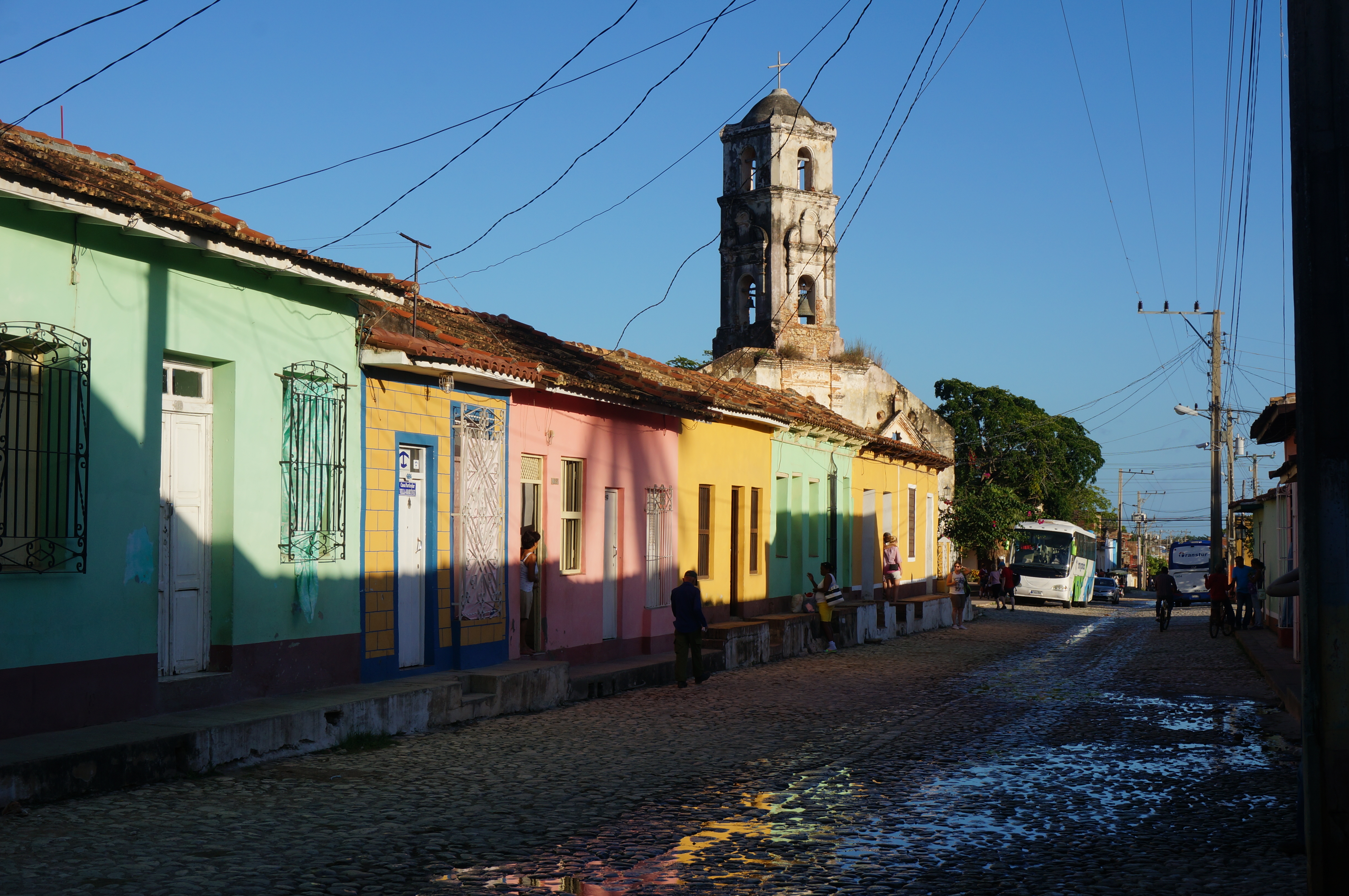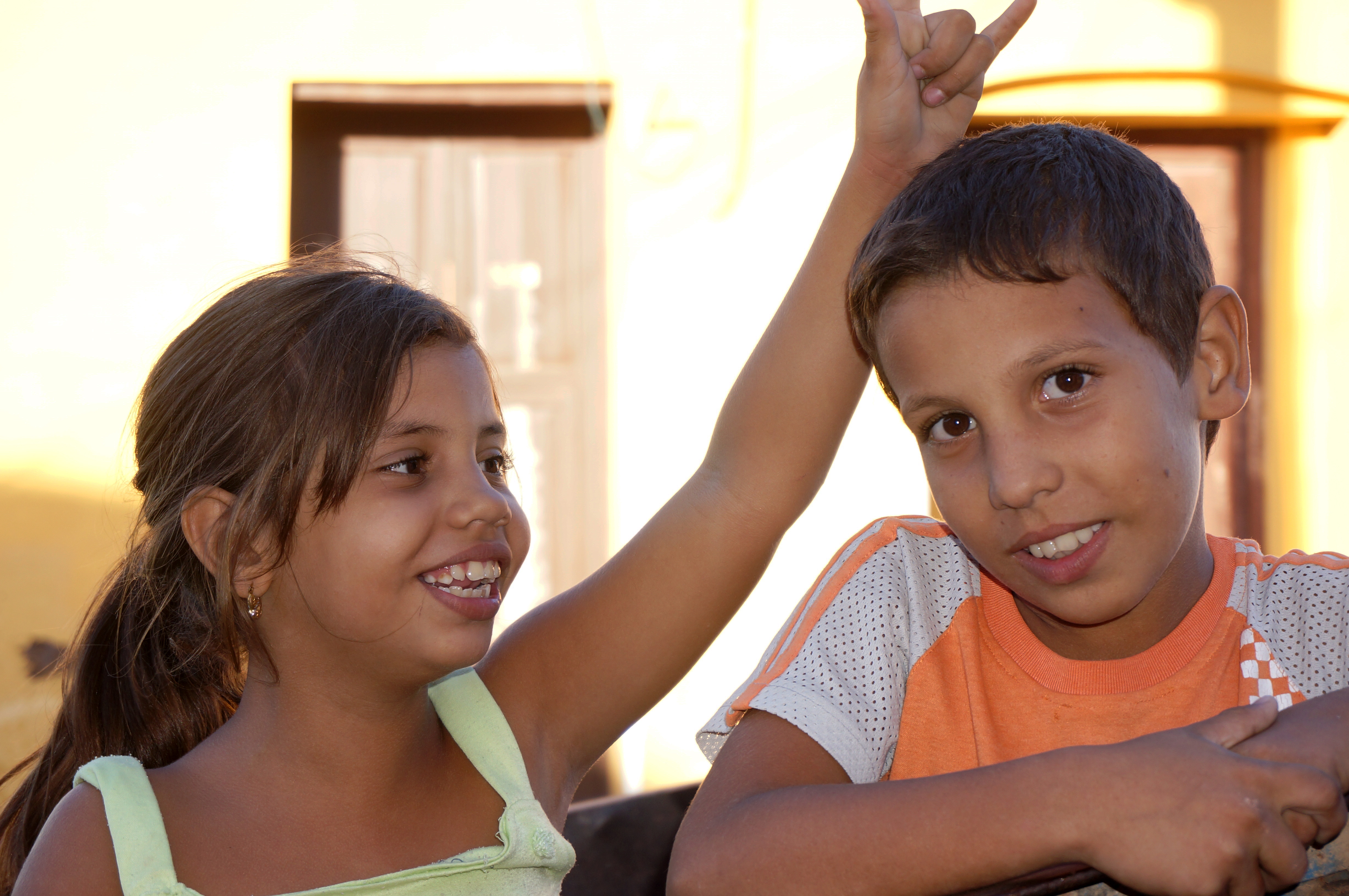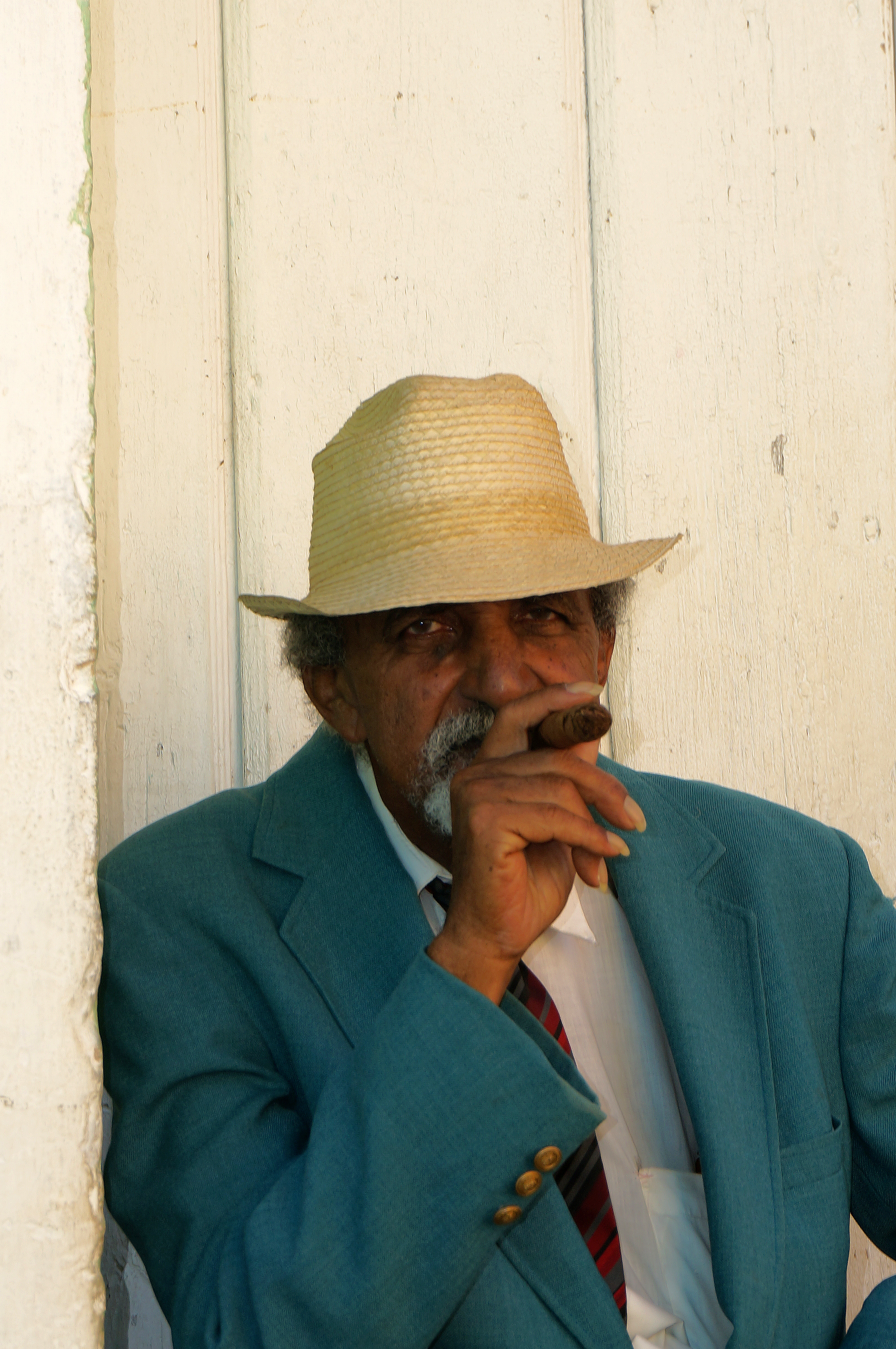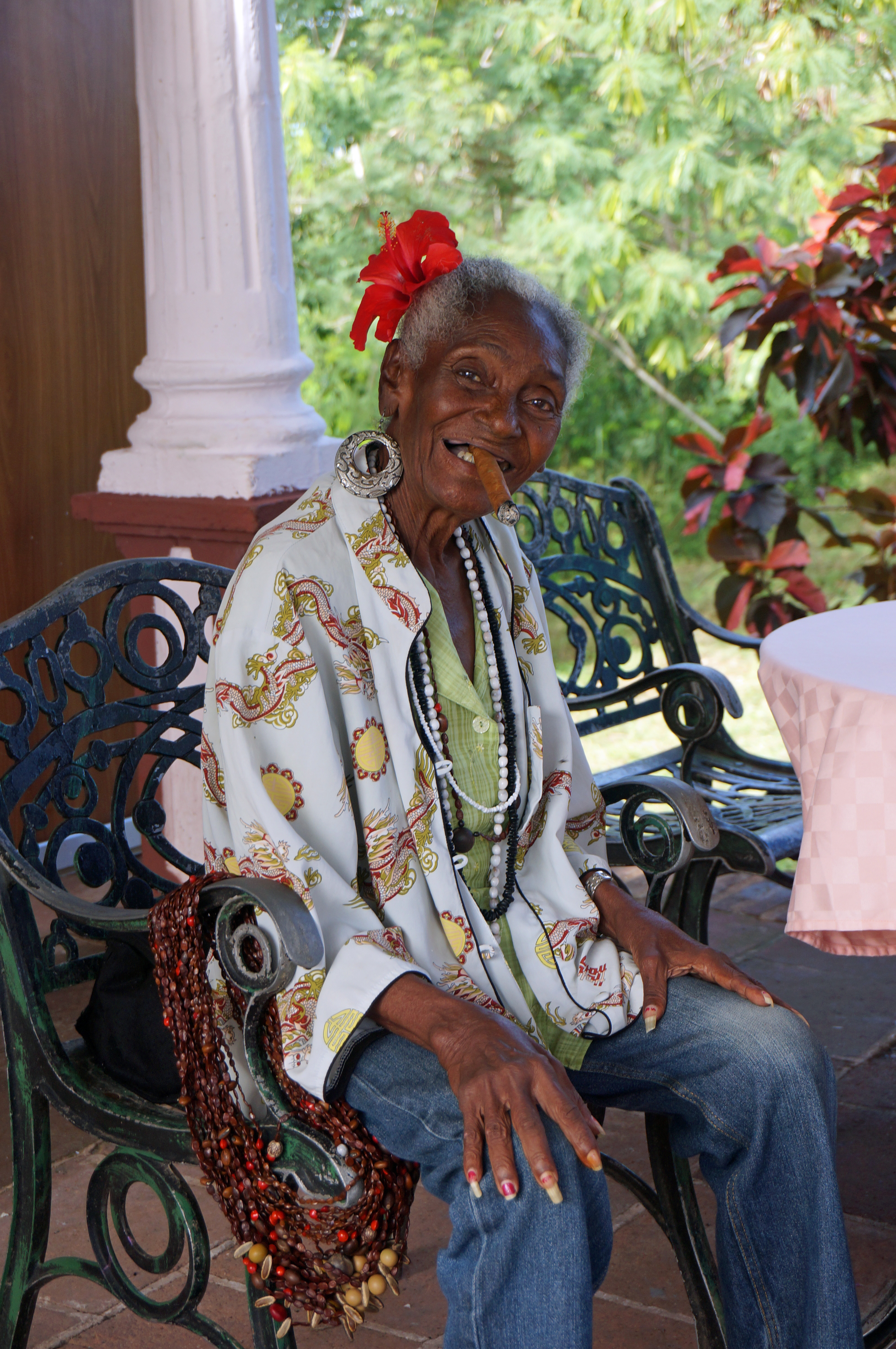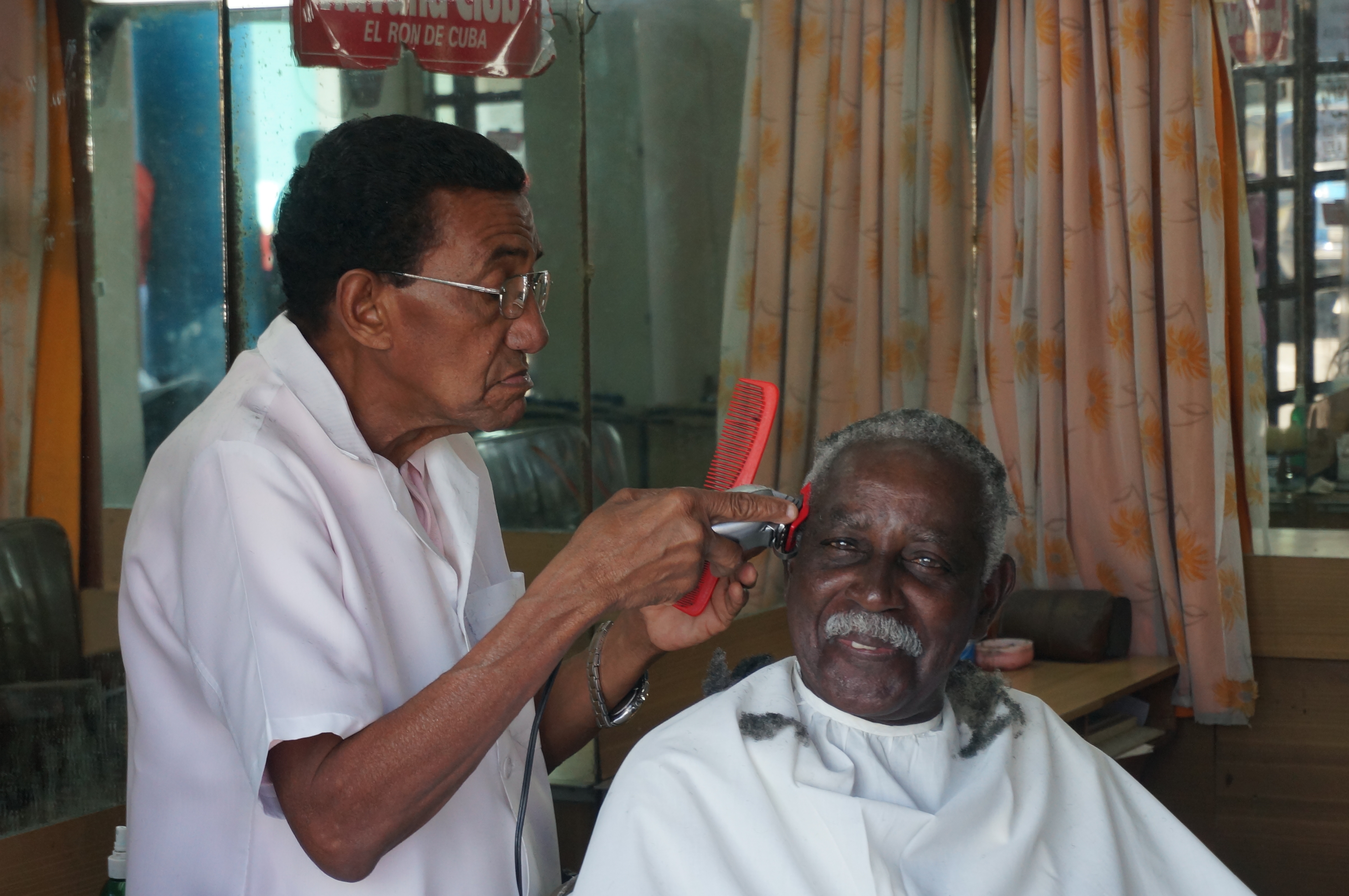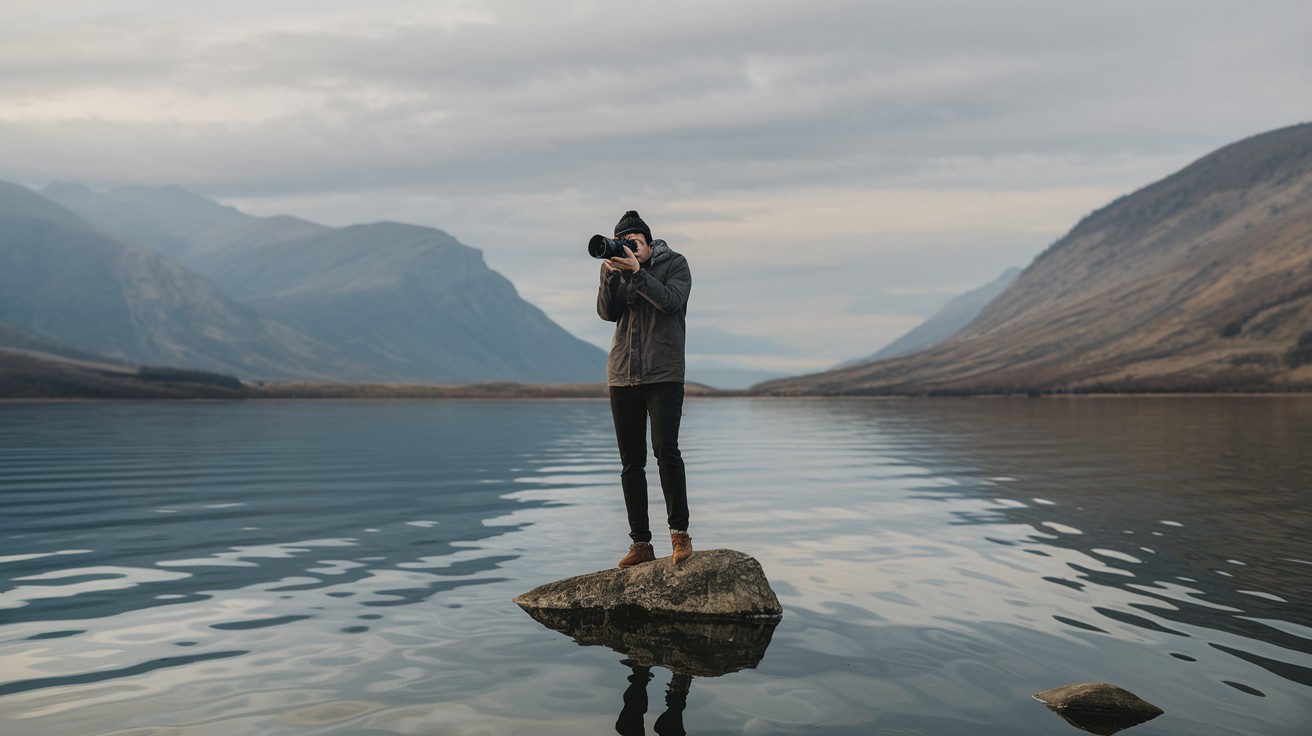
Having a camera is one thing, but then, what to do with it? Nowadays the whole world seems to walk around with a selfie stick, but that is not my idea of taking pictures. I am rather behind the camera than in front of it.
One thing I quite enjoy is taking pictures of people in unexpected situations or events – in other words street photography. This is a bit of a balancing act between ‘catching the moment’ and respect for people’s privacy. When in doubt always ask if it’s OK or show the photo afterwards, to show the result.
Photography course
In 2018 I followed a photography course in the South of France. My focus (no pun intended) was mostly on street photography but also finding colorful images.
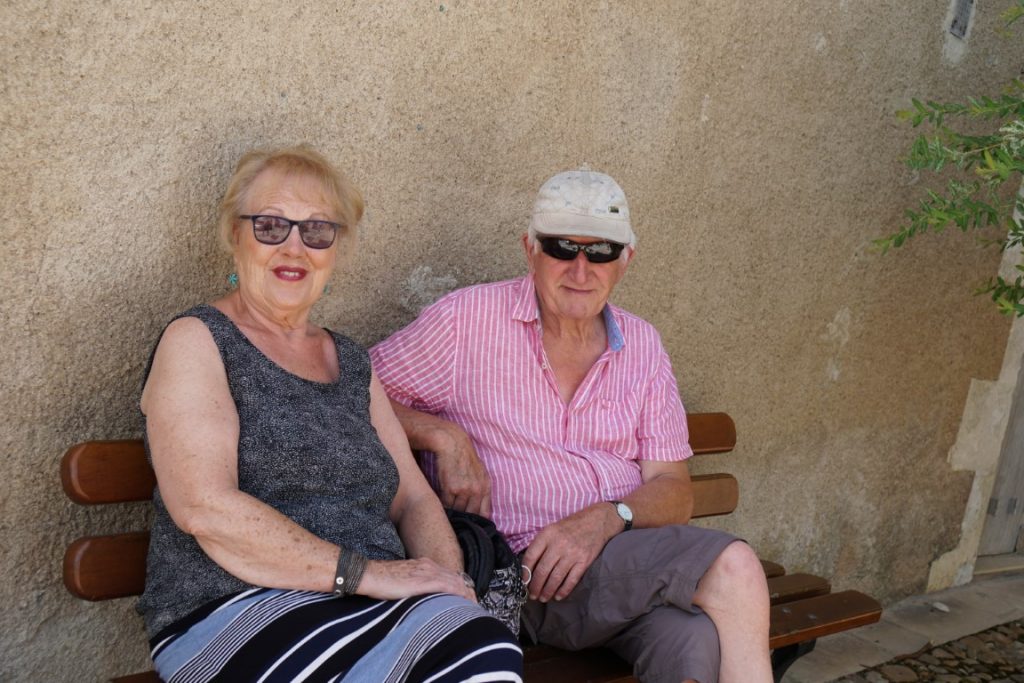
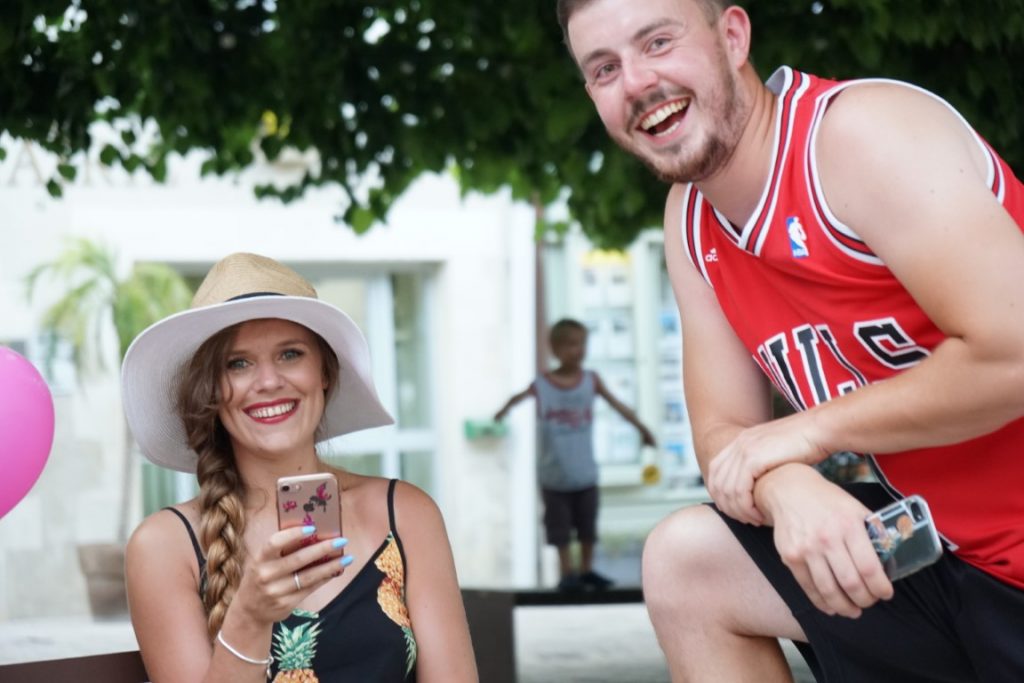
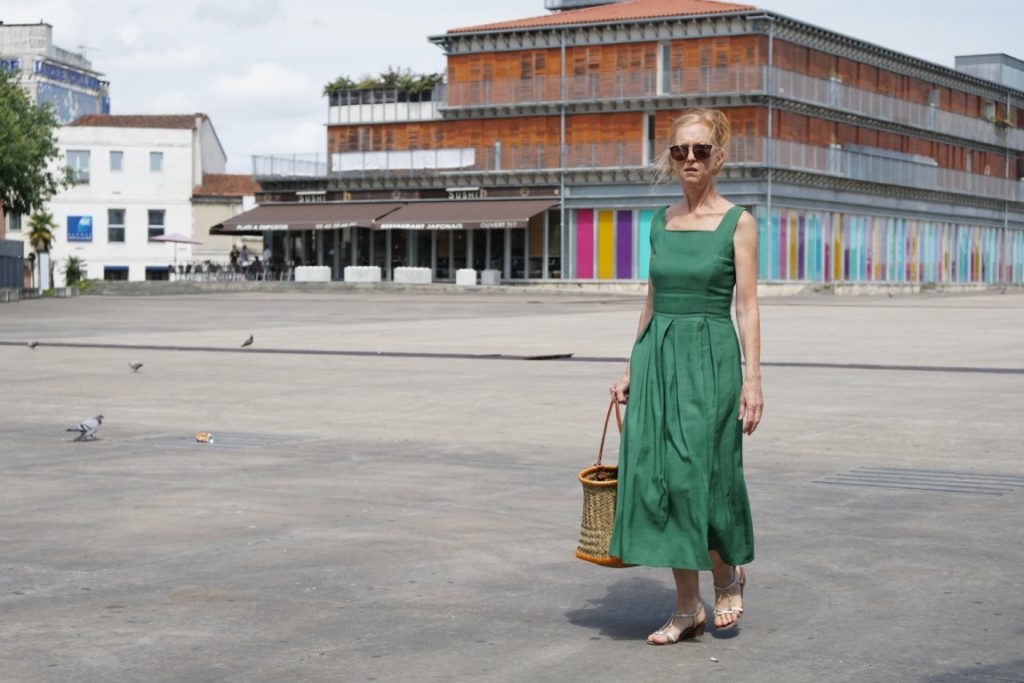
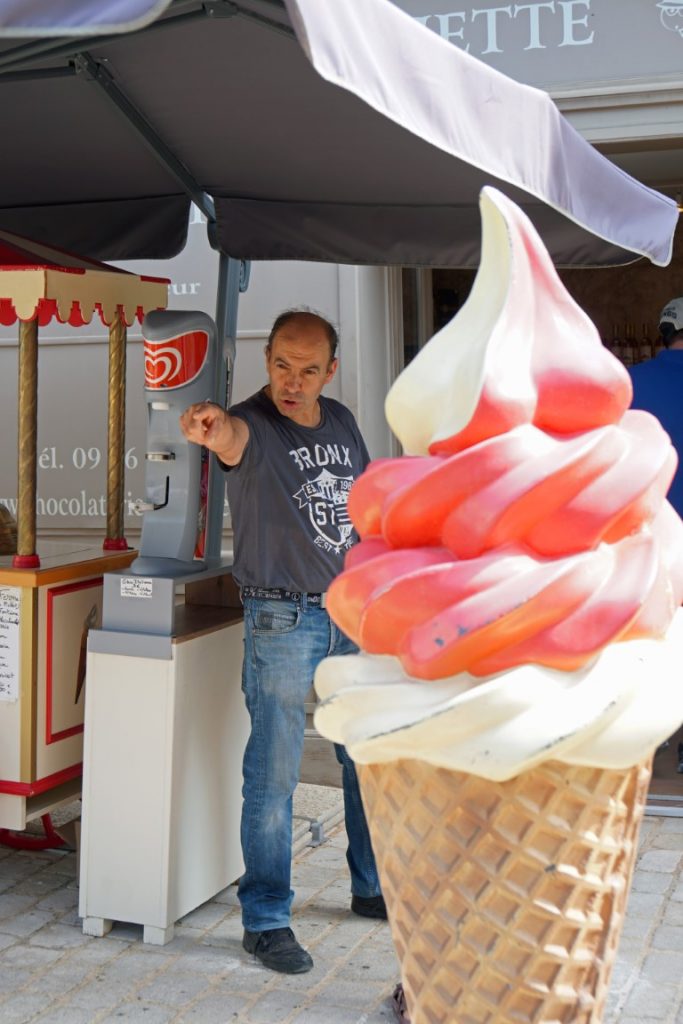
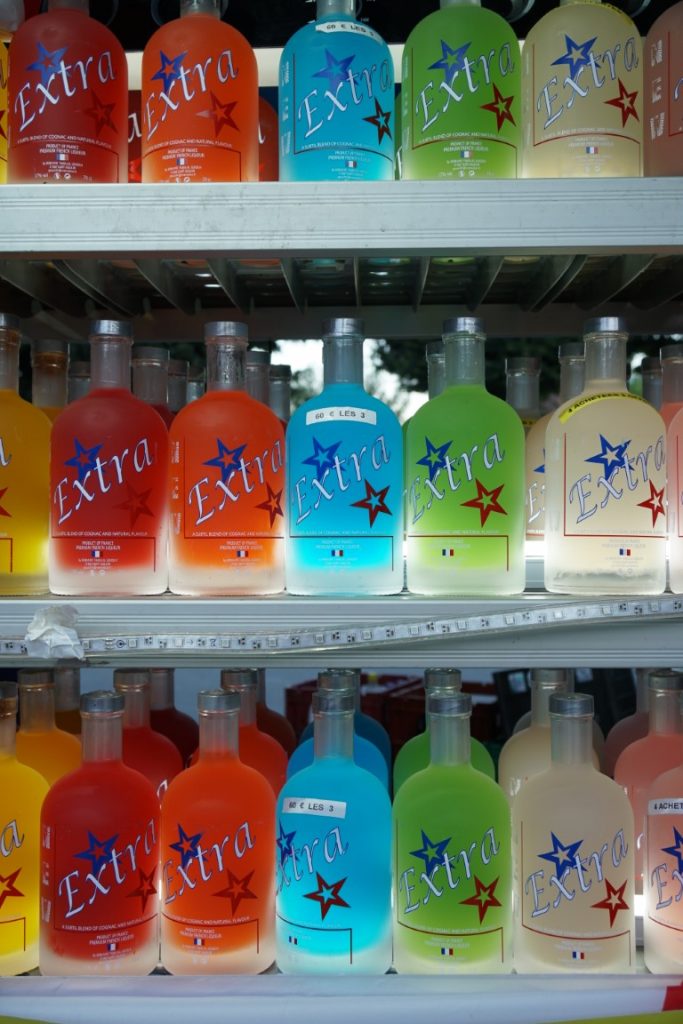
It proved to be a nice learning experience, shooting photos in the afternoon, combined with painting classes with acrylic paint early in the morning.
Holidays abroad
In my experience, holidays abroad seem to be very suited to take pictures of people in a natural setting. The further away from grumpy old Westerners, the easier it seems to become. Below are some pictures from a holiday in Cuba, taken back in 2014.
